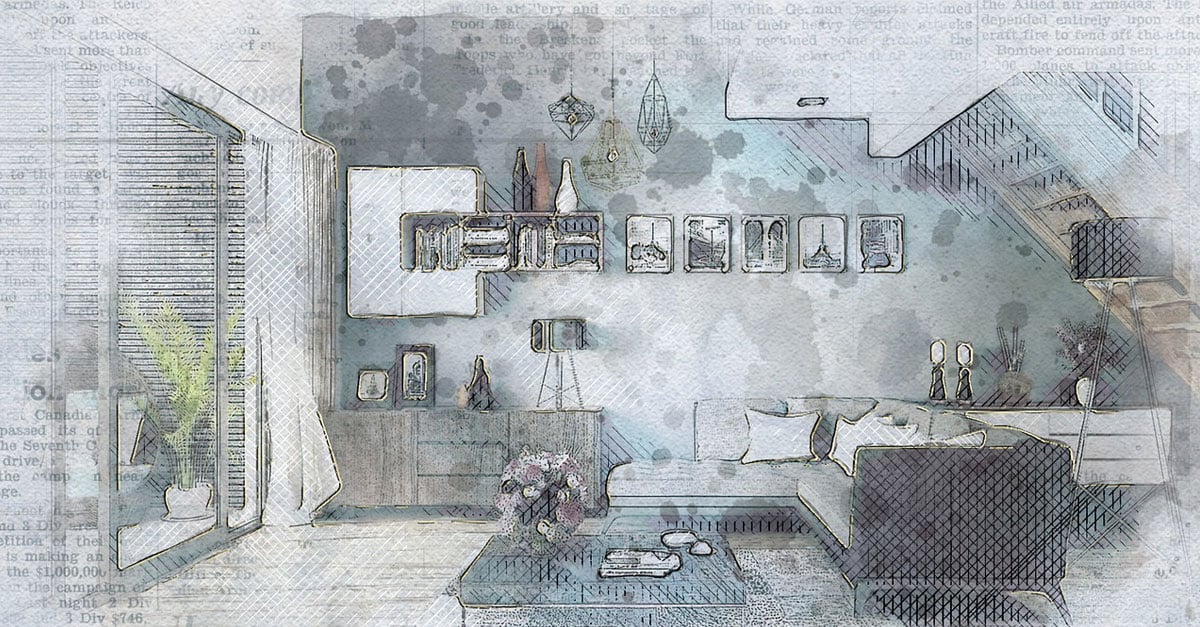
Feeling under the weather? It might not be the heat, but the humidity.
Humidity usually doesn’t get as much attention as other aspects of the weather. People are likely to comment when it’s unseasonably warm or raining when it shouldn’t, but less people talk about humidity.
It’s understandable. Humidity can be difficult to notice and it varies quite a bit even on an average day. Relative humidity (RH), the usual measure for the kind of humidity that affects us, varies by some 20-30% throughout the day in most cities—in fact, it’s in more extreme climes that humidity stays relatively stable.
Because of this, people are generally used to adapting to different levels of humidity. The “ideal” level of moisture is, in fact, difficult to pinpoint: most sources say it’s 45%, though anywhere from 30-50% is considered good.
To put that in context, consider some standout cities in terms of humidity. Aswan, Egypt is one of the driest cities in the world, with an average relative humidity of only 26%. Meanwhile, Singapore’s average is at 80%. Most cities, however, have more moderate humidity, with lows in the 50s and highs in the 70s.
Too Much or Not Enough Humidity
Although we can adapt to different levels of humidity, constantly enduring too much or too little of it can cause problems. This is especially true of indoor spaces, where humidity fluctuates less: if it’s set too dry or too moist, it can cause problems for the environment and the people using it.
Too Dry
People who consistently endure low humidity are prone to sinus problems and more likely to catch airborne viruses. This is because in low humidity, sinuses dry out making it difficult to breathe.
Overly dry air can also cause nasal passages to crack, which leaves them more vulnerable to viruses. And because cold viruses thrive in dry conditions, as noted by Horizon Health News, the overall situation puts people at risk of viral infections.
Low humidity can also lead to dry or scaly skin and cracked lips. In milder cases, this can be an annoyance; in worse cases, it can get in the way of a lot of simple tasks.
Too Humid
In too humid environments, on the other hand, the health problems come mainly from the environment. High humidity can cause damage to indoor spaces: paint peels and cracks; wood warps and swells. Worse still, high humidity makes pest populations and mold grow faster.
Mold in itself isn’t always a problem, but their spores may trigger allergies in some people. Furthermore, some species of mold produce toxins that can lead to allergies or sickness.
Meanwhile, high humidity also provides a welcoming environment for many pests, including cockroaches and silverfish. Especially troublesome, however, are dust mites.
Dust mites have tend to make their homes in or around mattresses. The refuse and molts of a dust mite trigger allergies in most people and even a single dust mite could leave several over the course of a day. Several living in a mattress could make it a nightmare to sleep on.
To top it all of, dust mites are extremely resistant to most forms of pest control: regular cleaning of mattresses and linens has a minimal effect on long-term dust mite population.
Handling Humidity
So what’s the best way to manage humidity? The first step may be to assess if natural solutions are possible. Changing the ventilation in a room may be sufficient to bring its humidity in check. A too humid room might just need airing out, for instance (or, in a humid area, less air flow).
But if the problem can’t be solved with just a breath of fresh air, there are a number of devices that you can use, depending on the specific problem you have.
-
Humidifiers
As the name suggests, these machines increase the humidity in a given room. They do this by spraying a fine mist into this room, thereby adding moisture to the air.
Humidifiers vary in size and capacity. Small ones, meant to service small rooms, can fit on top of a table. They’re lightweight and fairly portable, so if your humidity problems are mild or seasonal, this may be a good choice for you.
Larger humidifiers can be built into an HVAC system in order to increase humidity throughout a house or other building. If your humidity problems persist year round and throughout the house, this is your best option. These humidifiers are, all things considered, usually more efficient than smaller ones working individually.
-
Dehumidifiers
These machines serve the opposite purpose. By drawing in air and running it along a cold coil, they force condensation in order to draw moisture out of the air, collecting the water into a tank or drainage system.
Like humidifiers, these come in a variety of sizes and capacities. Portable devices can service individual rooms and larger ones can be installed into an HVAC system.
The type of dehumidifier you choose should depend on how much of your house is too humid and how much moisture you need to draw out of the air.
-
Electric Blankets
Whole house humidifiers uses a lot of electricity and dehumidify the entire house. However, sometimes people don’t need to control humidity the whole day or throughout the house—just in certain spaces at certain times.
Electric blankets do this well. They can be used to keep you both warm and comfortably dry on humid nights.
You can place an electric underblanket on your bed and turn it on to high temperature setting. The heat will clear out the humidity, making your bed warm, dry and comfortable. This is a smart way to handle humidity and can save you a lot of money.
On top of that, they can be used to get rid of dust mites. An experiment carried out in 1988 demonstrated that by using an electric blanket to keep a mattress warm and dry for several hours a day, dust mite populations could be lowered and kept low. This was, of course, combined with regular vacuum cleaning and other basic sanitation measures.
Choose Wellcare
Keep your mattress comfortable and safe with Wellcare. Our high-quality products, from heating pads to electric underblankets, are designed to give you comfortable, restorative sleep. To guarantee your safety when using our heating products, we use only the finest available materials in our manufacturing process.
However, the best aspect of our products is that they are equipped with our very own 4D Dynamic Warmth Flow (4D DWF) technology, an innovation in the world of electric heating. With 4D DWF, heat is evenly distributed throughout the product, thereby ensuring your maximum warmth and comfort.
So, what are you waiting for? Grab a Wellcare heating pad, cushion, or electric blanket today.


.png?width=512&name=united-kingdom%20(1).png)

